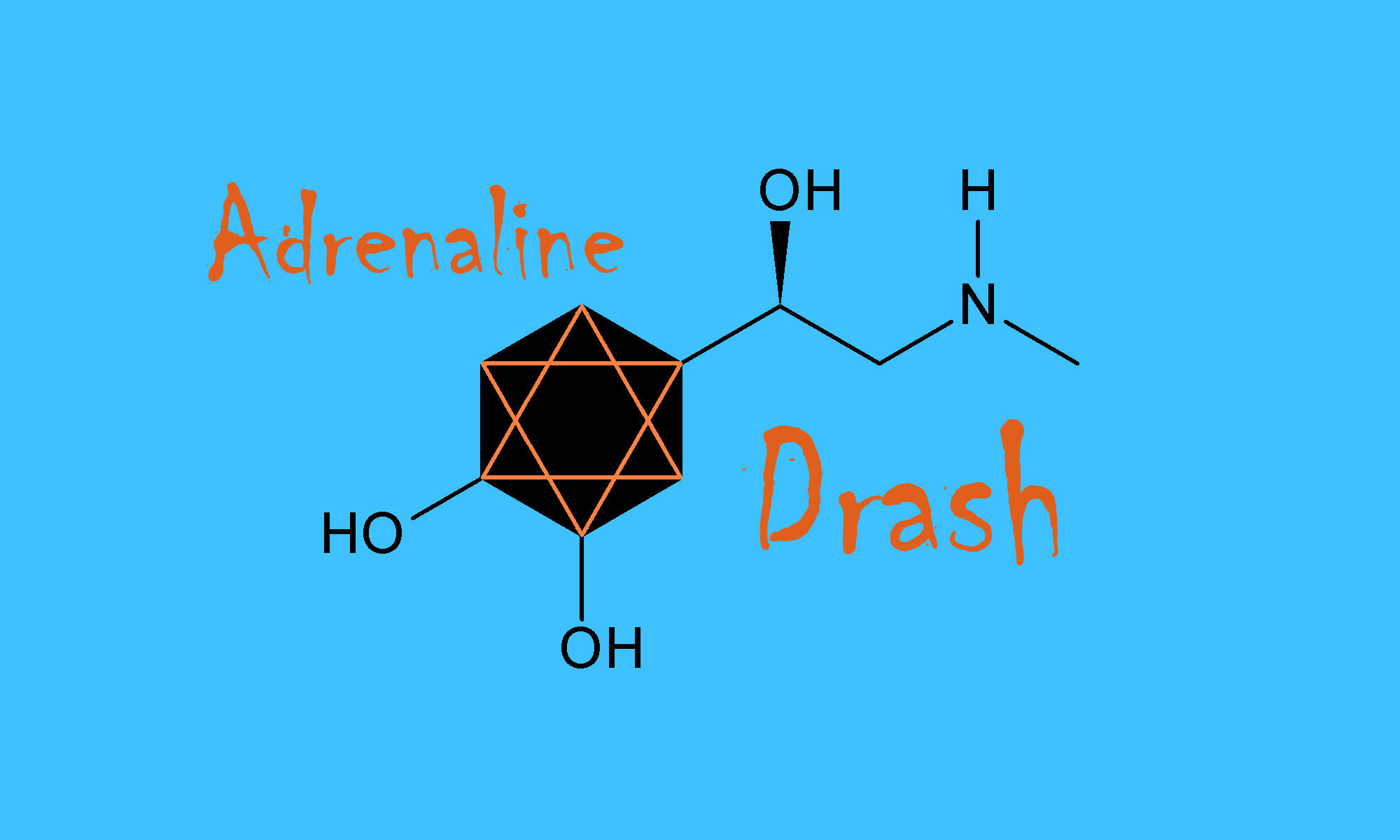 We could see the soft, sad ending – the announcement of Moses’ death from where we stood. Across the room, inscribed in strong, black strokes against the white parchment, was a moment of joy and triumph – the Song of the Sea. Stories stretched out before us, reminding us of those we carried, connecting us with tales of another, ancient time.
We could see the soft, sad ending – the announcement of Moses’ death from where we stood. Across the room, inscribed in strong, black strokes against the white parchment, was a moment of joy and triumph – the Song of the Sea. Stories stretched out before us, reminding us of those we carried, connecting us with tales of another, ancient time.
Our Sefer Torah was almost wholly unrolled on a long line of tables set diagonally across the sanctuary.
I had brought blue, medically approved plastic gloves – the kind that would not shed any powders on our beloved scroll. I had sponges, given to me by the scribe we’d worked with since our inception, Sofer Neil Yerman. I had handouts that described unusually large or small letters we might find as we worked.
We were ready to clean our scroll, to prepare the parchment — and ourselves – for High Holy Days. We sang Shehechiyanu. I blessed our labor, demonstrated how to use the sponges, and we began.
As we brushed down the gorgeous, shining columns, the scroll brightened visibly. Our own stories came back.
“This is where your daughter read from the scroll,” I told two parents, pointing at the first columns in B’midbar.
As I brushed over the Song at the Sea, I looked at the crowns dancing across the scroll. When we received and dedicated our scroll, Neil had led us in decorating the passage.
Three crowns stood above the first two words of the Song. The first was drawn by Ruth Kingberg, together with Neil, just months before she died. At the time she could barely stand, but when we told her we would bring the scroll to her home, she dressed herself beautifully.
Ruth was, for a decade, the matriarch of our community. I have her ceramic child’s teapot and creamer in my china cabinet. They were the only toys Ruth could smuggle out of Germany when she escaped the Shoah on one of the last Children’s Transports (Kindertransport) to England.
Next to her crown, her husband’s. Arthur, too, survived the Shoah by getting out of Germany just in time. His path to America was a hard one, beginning in China, then ending up, during the war, as a slave laborer in the jungles of the Philippines. At ninety-one, he still has the leech marks on his legs.
A third crown was mine. It joins Ruth’s and Arthur’s together.
One of our younger members, an artist in his own right, found the extra-large vav in Leviticus 11:42, in the middle of the Torah. That vav is found in the middle of the Hebrew wor d for “belly” (gachon).
d for “belly” (gachon).
The belly of Torah, the center of our being, the core of our Selves. Here, the letter that says “and,” the letter that links all behind it and all before it together.
Just as our stories do.
I looked to either side. To my left, the story continued on through Vayikra, B’midbar, D’varim. To my left, Sh’mot and B’reishit. Stories in every column. Stories of past simchas, stories of Jewish lives lived together in our time, in past, ancient times of long ago.
The scroll binds them all together. It tell us all our stories. Again and again.








